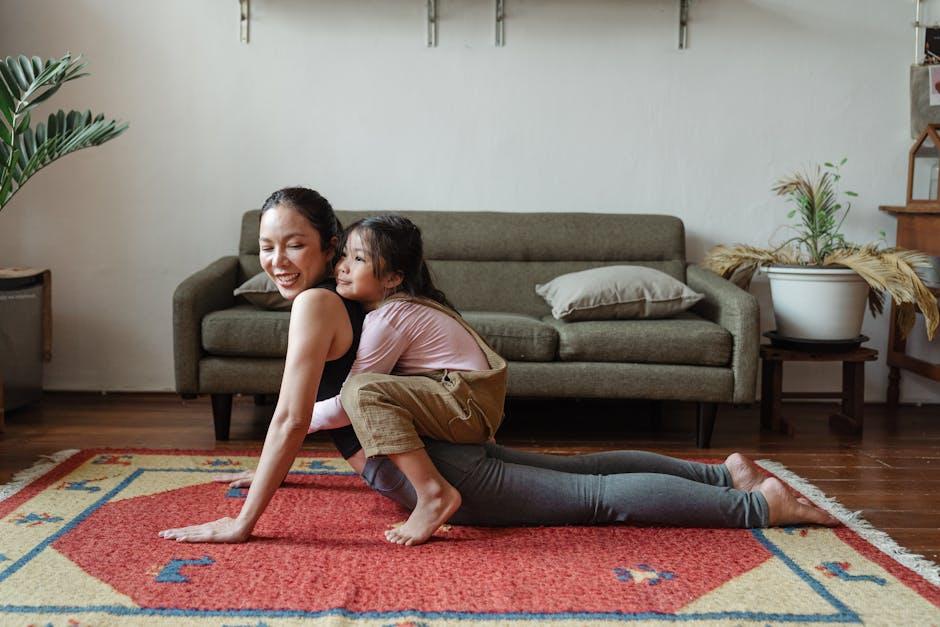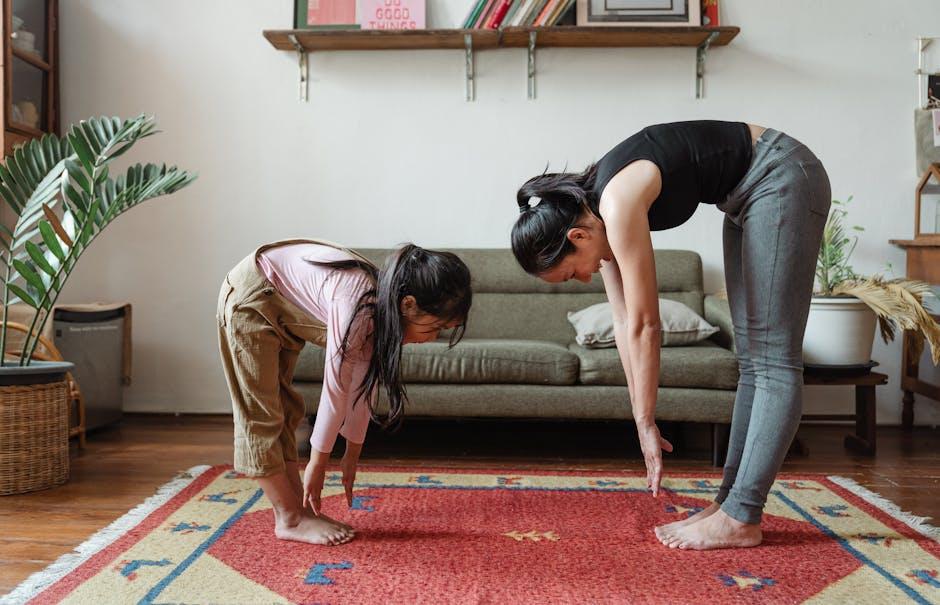In a world awash with idealized images and relentless societal pressures, nurturing a positive body image in children has become both a challenge and a necessity. As they navigate the formative years, young minds are impressionable, absorbing cues from every corner of their environment. This article delves into the heart of fostering a healthy self-image, offering guidance to parents, educators, and caregivers alike. By cultivating a space where children can embrace their uniqueness and celebrate their individuality, we can empower them to stand resilient against the tide of unrealistic expectations. Join us as we explore the art of building a foundation of self-love and confidence, ensuring that the next generation grows up valuing their bodies for their strength and capabilities, rather than mere appearances.
Understanding the Roots of Body Image in Children
Children’s perceptions of their bodies are shaped by a myriad of influences that begin to take root from a very young age. These perceptions are often molded by family dynamics, where the attitudes and behaviors of parents and siblings can significantly impact a child’s self-image. Additionally, media exposure plays a crucial role, as children are frequently bombarded with images and messages that promote unrealistic body standards. It’s important to recognize that even seemingly innocuous comments about weight or appearance can leave lasting impressions on a child’s developing self-esteem.
Beyond family and media, peer interactions also contribute to shaping body image. Children are keen observers and often absorb the spoken and unspoken norms within their social circles. To cultivate a positive body image, it’s essential to foster environments that celebrate diversity and individuality. Encouraging open discussions about body positivity and challenging stereotypes can empower children to appreciate their unique attributes. Consider these strategies to support a healthy body image in children:
- Encourage self-expression through activities that celebrate their interests and talents.
- Promote media literacy to help them critically assess the messages they receive.
- Model positive self-talk and acceptance of one’s own body.

Encouraging Open Conversations About Body Positivity
To nurture a healthy body image in children, it’s crucial to create an environment where they feel comfortable expressing their thoughts and emotions. Open conversations can serve as a foundation for this environment. Encourage kids to share their feelings about their bodies by asking open-ended questions and listening without judgment. Highlight the importance of accepting and loving their bodies as they are, rather than conforming to societal ideals. Remember, the language used around children can significantly impact their perception of self-worth.
- Celebrate Diversity: Discuss the beauty of different body types, skin colors, and features.
- Focus on Abilities: Emphasize what their bodies can do rather than how they look.
- Model Positive Behavior: Demonstrate self-love and acceptance in your own actions and words.
- Encourage Critical Thinking: Teach kids to question unrealistic images and messages in media.
By fostering these open conversations, children can develop a resilient mindset that appreciates their uniqueness and builds a positive self-image. This nurturing approach not only supports their emotional well-being but also equips them with the tools to navigate societal pressures with confidence.

Promoting Diverse Representation in Media and Literature
- Embrace Variety in Storytelling: Introduce children to books and media that celebrate a wide array of body types, skin tones, and abilities. By diversifying the characters they encounter, kids learn to appreciate the beauty in differences and see themselves reflected in positive, empowering narratives.
- Highlight Role Models: Showcase authors, illustrators, and creators who are committed to representing diverse bodies in their work. Encourage kids to explore stories where heroes come in all shapes and sizes, fostering an understanding that courage, kindness, and intelligence are not limited by appearance.
Utilizing media and literature as tools for teaching inclusivity can significantly impact a child’s perception of themselves and others. Parents and educators can curate content that not only entertains but also educates, choosing works that challenge stereotypes and celebrate individuality. By actively engaging with these stories, children learn to develop a positive self-image, embracing their unique qualities and appreciating the diversity around them.

Creating a Supportive Environment at Home and School
To nurture a healthy body image in children, it’s crucial to establish a supportive atmosphere both at home and school. Start by fostering open communication where kids feel safe expressing their feelings and thoughts. Encourage positive conversations about body diversity and the natural changes that occur as they grow. This can be achieved through educational activities or by sharing stories that celebrate uniqueness and self-acceptance.
- Promote a culture of kindness: Teach kids to appreciate differences and practice empathy.
- Model positive behavior: Be mindful of how you talk about your own body and others’ appearances.
- Incorporate body-positive media: Choose books, shows, and games that reflect diverse and realistic body types.
- Create inclusive spaces: Ensure that learning environments accommodate and celebrate all body types and abilities.








